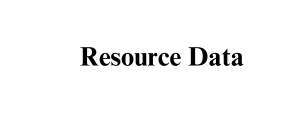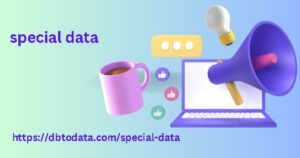Press Ctrl+C (or Cmd+C) on the widget you just it. Then select all the other charts, right-click and choose “Paste Special > Paste Style Only” and you will see the changes appli.
Paste the appli style to the rest of the Looker Studio widgets
In addition to applying the same filter to a specific block of graphics, grouping (Ctrl+G) a series of widgets will help you avoid accidentally displacing them and even allow you to easily duplicate them in the same or other reports.
Change the level the item is on:
When you create an element, chart, filter or text, or insert an image, all of these elements have one thing in common: they are creat at the page ios database level by default . That is, they are unique for each page of the report.
Since you may want your report
To consist of several pages and these pages to have common elements (such as a header with its title and a date filter, for example), you can the ultimate retailer’s guide to inventory management make the elements repeat on all pages without having to copy and paste. How? By moving this group of elements to the report level . It’s that easy:
Move Looker Studio items to report level
Now, remember that the moment this changes, or rather, the moment you change the elements again by moving them to the page level, they will only remain on the page you are iting, being remov from the rest.
Establish certain conventions
In most cases, you won’t be working alone. Whether you’re hir to support a department or you’re the analytics department in your business, establishing a number of conventions is essential to ensure cohesion at the business level.
In metrics and dimensions:
Project naming conventions are essential. Not only do usa data they simplify maintenance and debugging of reports, but they also promote smoother collaboration within the team.

